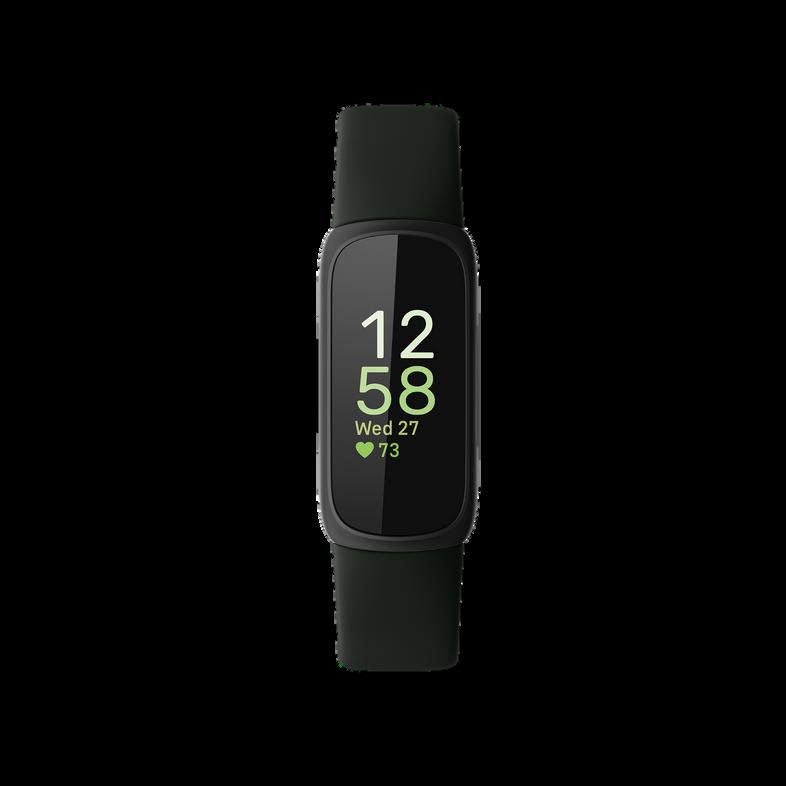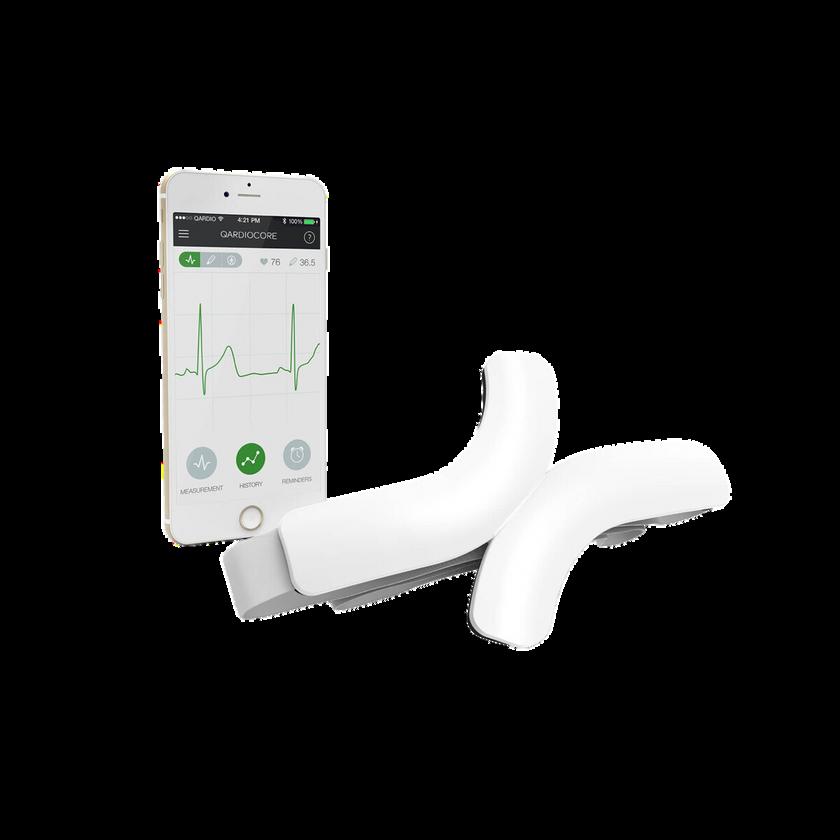












is a wireless electrocardiogram (ECG) designed to enhance the identification and tracking of heart-related conditions, while causing minimal interference with daily activities. This lightweight band is placed around the chest and eliminates the need for traditional ECG wires and adhesive patches.

Harvard and MIT researchers have created a method to embed health sensors in human skin using smart tattoo inks that change color based on the body's interstitial fluid chemistry. Additionally, University of Illinois researchers have developed a technique to integrate flat, flexible electronic sensors into temporary tattoos for monitoring electrical signals produced by the heart, brain, and muscles.



The Max Planck Institute for Intelligent Systems has developed a robotic caterpillar that has the potential to revolutionize minimally invasive medical procedures. This ingestible "millirobot" made of 4mm rubber incorporates tiny magnets, enabling it to move through walking, crawling, and rolling motions. Its applications include targeted drug delivery and clearing clogged arteries within the body.




